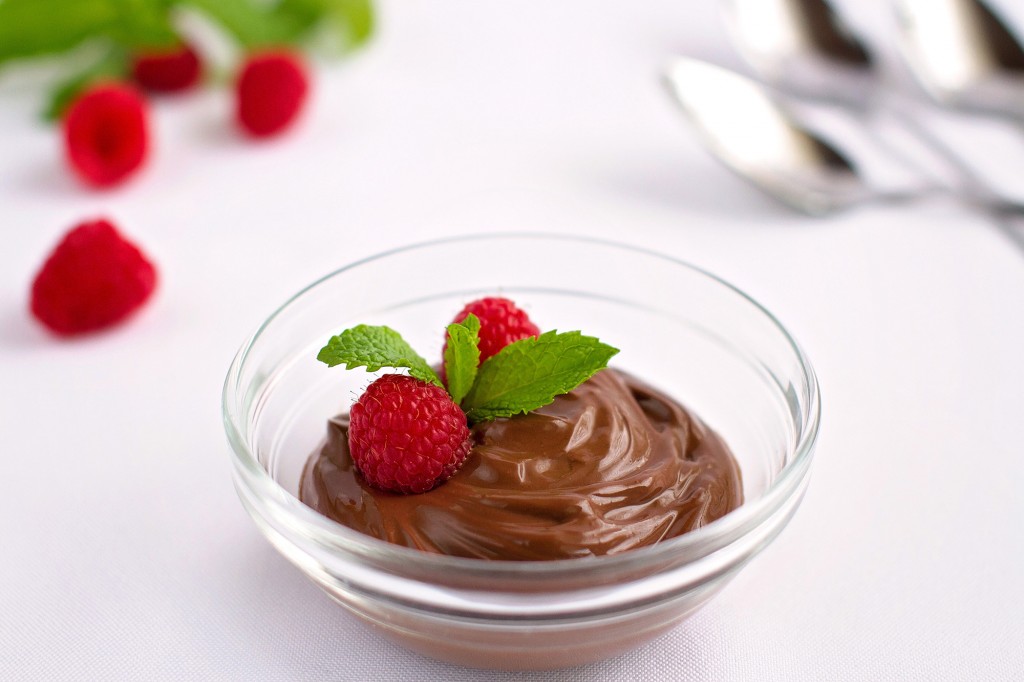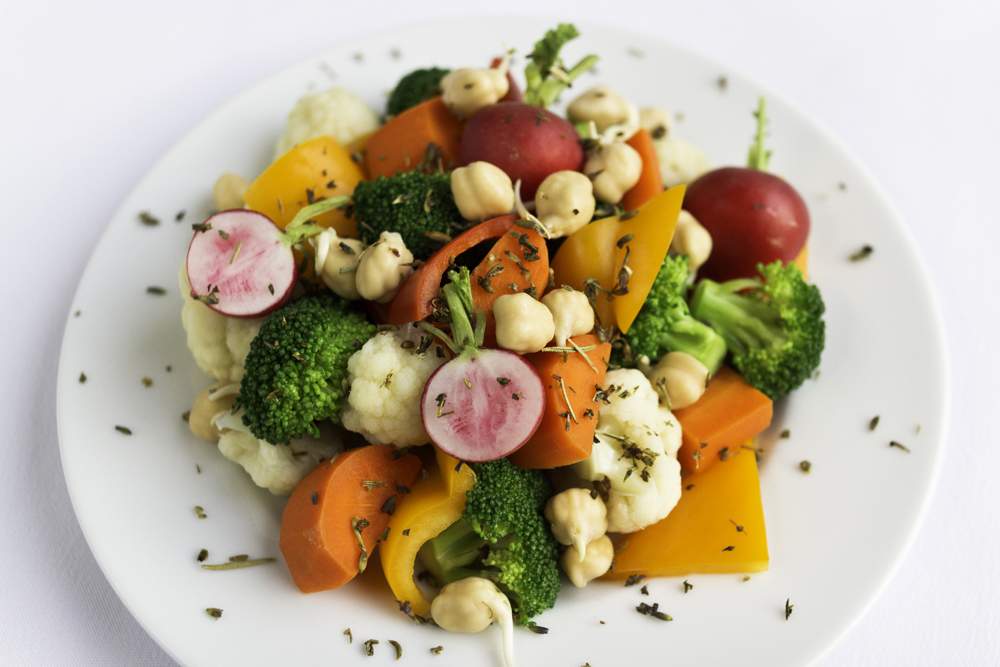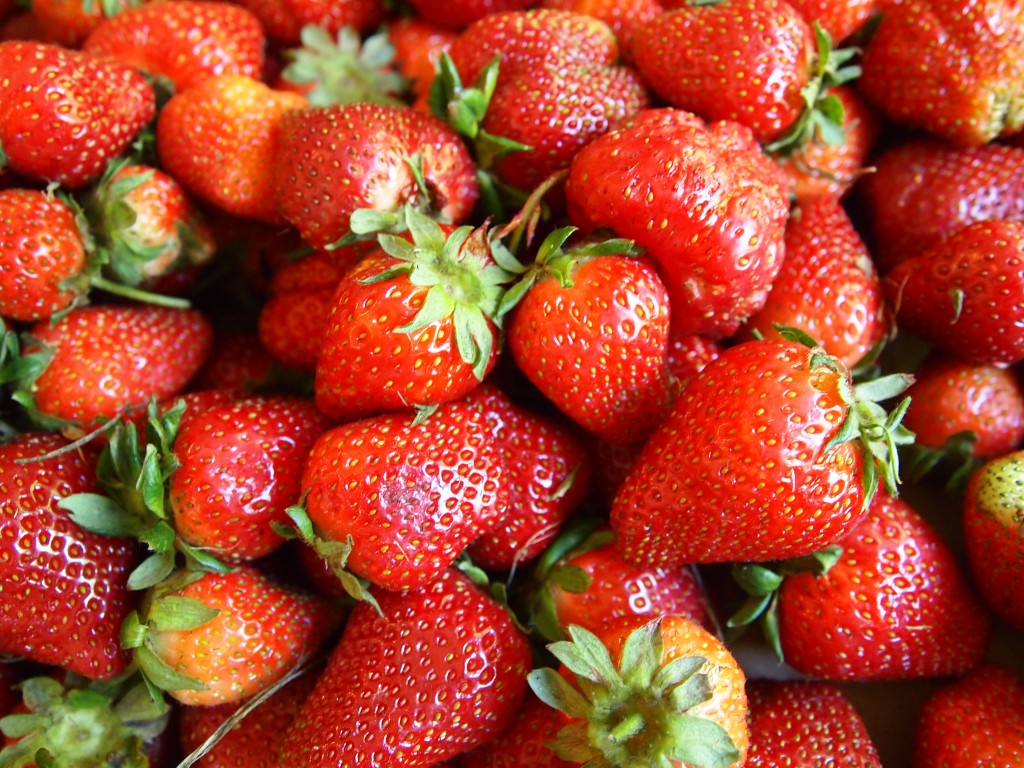
Phytochemicals: A Rainbow of Health-Promoting Super Heroes
Resveratrol, flavonoid, anthocyanins, isoflavones, allicin. Complex names like these sound more like villains than super heroes, but in fact these Phytochemicals (phyto is Greek for plant) are health-promoting compounds that are naturally present in plants, fruits, vegetables, whole grains and legumes. They provide powerful protection from heart disease, cancer, diabetes, auto-immune and other chronic, degenerative diseases.
Researchers have identified thousands of phytochemicals in plant foods that have protective roles for our health.
Researchers have identified thousands of phytochemicals in plant foods that have a myriad of protective roles for our health. There are three classes that include plant sterols, flavonoids, and sulfur-containing compounds such as isoflavones, resveratrol, diosgenin, quercetin, catechin, sulforaphane, tocotrienols and carotenoids. (That’s a mouthful, literally.) Studies have shown that they all reduce the risk of cardiovascular disease and other chronic diseases.
For those of us in Ornish Lifestyle Medicine we know the proven benefits of consuming a plant-based diet. According to studies, people who eat a plant-based diet live longer and have less incidences of heart disease. They also have decreased risk factors for heart disease such as lower blood pressure and cholesterol as well as improved weight and blood sugar management.
Why is it so important to get the protection that these super compounds offer? Degenerative disease and chronic illness are linked to oxidative damage caused by free radicals. Free radicals are molecules that cause damage to our cells and can actually change the instructions coded into our DNA. Our bodies and brains are exposed to toxins every day that can contribute to free radical damage. These toxins can come from the foods we consume and pollutants in our environment. Free radicals can raise LDL cholesterol and contribute to the oxidative stress that damages the lining of our arteries, both of which are the main contributors to atherosclerosis, or what is more commonly known as hardening of the arteries. There is now abundant evidence showing that consuming plant foods that are rich in antioxidants provides protection against both disease and aging.
A Rainbow of Health
Plants produce compounds to protect themselves from disease and each of these compounds has specific pigments that creates a plant’s color such as yellow squash, orange pepper, green broccoli, or purple cauliflower. A medley of colored vegetables are beautiful to look at, but there’s an actual science behind their dazzle. Each color represents its own unique package of phytochemicals. A rainbow of vegetables on your plate not only looks appealing, but it actually provides a simple, yet powerful and proactive way to promote health and prevent disease.
Yellow and Orange
Yellow and orange produce contains carotenoids and bioflavonoids, antioxidants that protect against heart disease and cancer, promote healthy vision and a strong immune system.
| Acorn Squash | Cantaloupe | Carrots |
| Apricots | Golden Raisins | Butternut Squash |
| Grapefruit | Lemon | Mangoes |
| Nectarines | Oranges | Papayas |
| Peaches | Persimmons | Pineapples |
| Tangerines | Pumpkin | Rutabagas |
| Spaghetti Squash | Summer Squash | Sweet Potatoes |
| Yams | Yellow beets | Yellow Tomatoes |
| Delicata Squash | Kabocha Squash | Yukon Gold Potatoes |
| Yellow Bell Peppers |
Green
Green produce contains varying amounts of phytochemicals such as flavonoids, carotenoids, lutein, zeaxanthin, and indoles, all of which are associated with vision health, promoting strong bones and teeth, and a lower risk of developing certain cancers.
| Arugula | Artichokes | Asparagus |
| Broccoli | Basil | Beet Greens |
| Bok Choy | Brussels Sprouts | Green Beans |
| Collard Greens | Celery Chinese | Cabbage |
| Endive | Green Onion | Green Cabbage |
| Green Grapes | Cucumbers | Dandelion Greens |
| Green Peas | Green Apples | Green Bell Peppers |
| Kiwi | Honeydew | Melon | Kale | |
| Leeks | Limes | Leafy Greens | ||
| Oka | Lettuce | Mustard Greens | ||
| Snow and Snap Peas | Parsley | Romaine Lettuce | ||
| Swiss Chard | Watercress | Spinach | ||
| Zucchini |
Purple/Blue
These fruits and vegetables contain varying amounts of health promoting phytochemicals such as anthocyanins, resveratrol, flavonols, ellagic acid, and phenolics, which are associated with improved blood vessel health, reduced risk of some cancers, urinary tract health, memory function and healthy aging.
| Beets | Blackberries | Black Grapes |
| Blueberries | Blackcurrants | Concord Grapes |
| Dried Blueberries | Dried Plums | Elderberries |
| Concord Grape juice | Purple Figs | Purple Grapes |
| Plums | Purple Cabbage | Purple Cauliflower |
| Purple Carrots | Eggplant | Purple Belgian Endive |
| Purple Bell Peppers | Purple-fleshed potatoes | Raisins |
Red
Red fruits and vegetables contain phytochemicals such as lycopene, anthocyanins, resveratrol and flavonols, which are associated with heart health, memory function, urinary tract health, and a lower risk of some cancers, including prostate cancer.
| Red Apples | Blood Oranges | Cherries | |
| Cranberries | Dried Cherries | Dried Cranberries | |
| Pomegranates | Radicchio | Red Grapes | |
| Radishes | Red Grapefruit | Red Bell Peppers | |
| Redonions | Red Pears | Red Raspberries | |
| Redplums | Red Potatoes | Strawberries | |
| Red Romaine Lettuce | Rhubarb | ||
| Tomatoes | Watermelon |
What medley of colors are the most crowd-pleasing in your meals?







